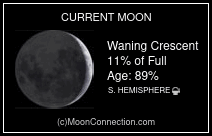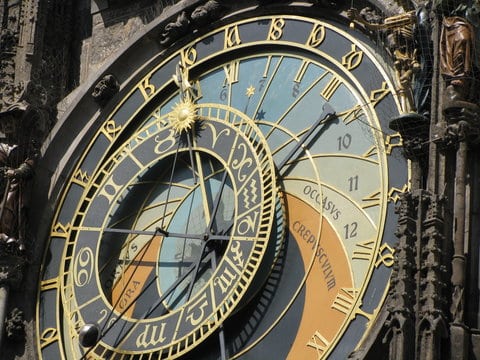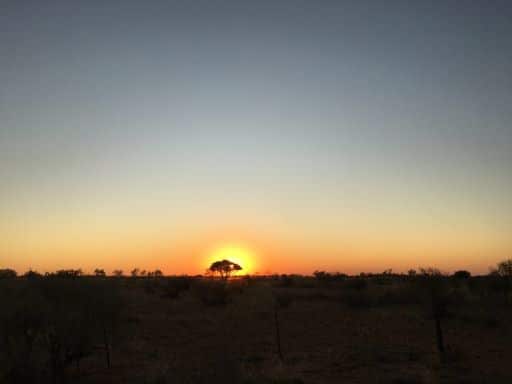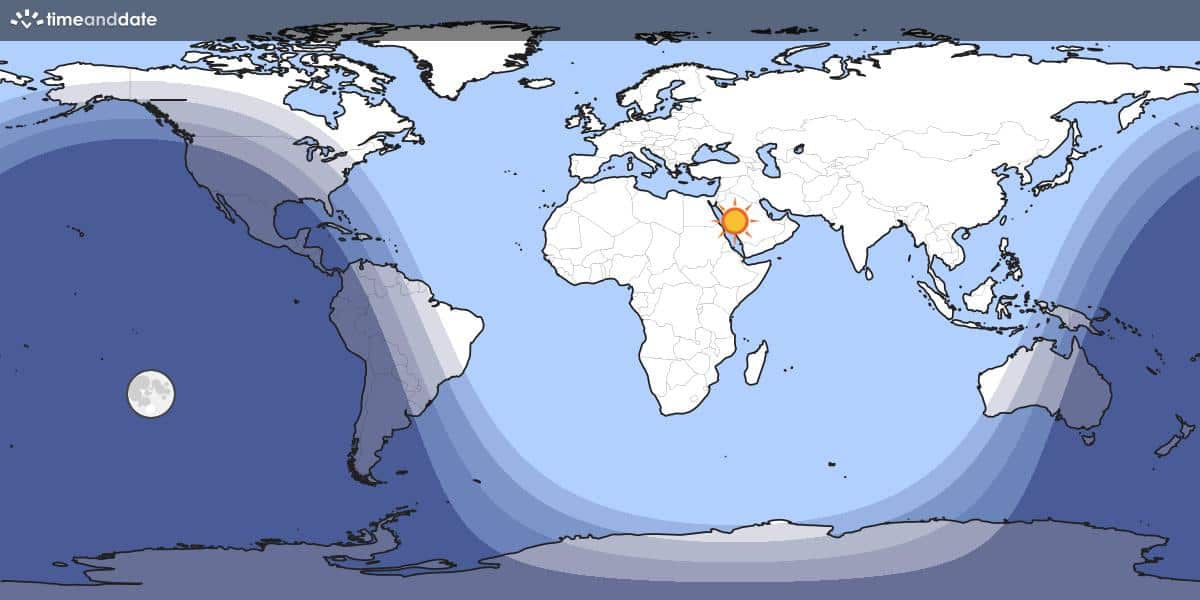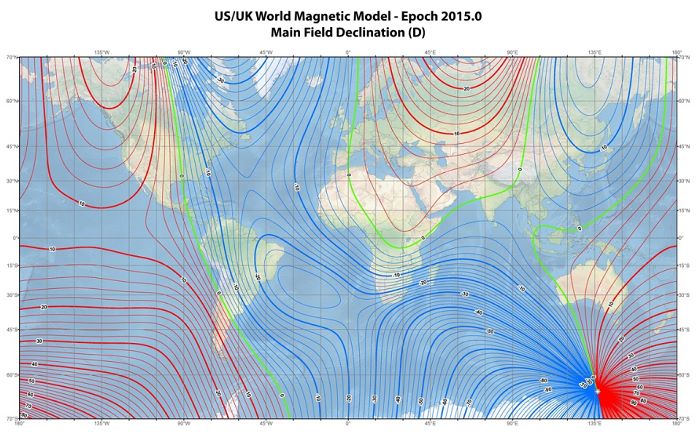Bar – Chart 3
Steve Gottlieb’s Observations
[H60B] 1 = Hodge 1 = S-L 353 = BRHT 33b
05 17 08.0 -68 52 24; Dor
V = 12.4; Size 1.8’x1.7′
24″ (4/5/08 – Magellan Observatory, Australia): this was the first Shapley-Lindsay object I picked up with the 24″ and I was surprised to find a fairly bright, round, 1′ glow with a weak concentration. I’m surprised that John Herschel didn’t pick up this cluster, but I realized later that numerous S-L clusters were routine through the 24″. Hodge 1 is labeled as a globular cluster in Mati Morel’s Atlas.
Hodge 1 forms a close pair (likely a physical pair with a common origin) with S-L 349 1.25′ W, but the companion wasn’t noticed.
Notes: Robert Innes discovered Hodge 1 on a photograph taken with the 10-inch Franklin-Adams camera of the Union Observatory at Johannesburg. It was included in the 1924 “Catalogue of Clusters and Nebulae Near the Large Magellanic Cloud” as a “bright nebulous patch” and on a second plate, “the brightest of a group of 4 or more round but much brighter in the middle nebulae.” Shapley listed it as #70 of 166 LMC clusters found on Bruce plates in the 1931 Harvard College Bulletin #884 (“Notes on the Large Magellanic Cloud, IV. The Galactic Clusters.”)
Paul Hodge classified this cluster as an anonymous (#1) “Red Globular” in the 1960 “Studies of the Large Magellanic Cloud. I. The Red Globular Clusters.” (ApJ, 131, 351)
Age: ~1.6 billion years “Massive clusters in the LMC” (Baumgardt+, 2013)
NGC 1917 = ESO 056-100 = S-L 379
05 19 02.0 -69 00 05; Dor
V = 12.3; Size 1.7’x1.7′
24″ (4/5/08 – Magellan Observatory, Australia): at 200x this LMC cluster (possible a globular) appeared fairly bright, fairly large, round, 1′ diameter, with a broad concentration. A 1′ string of 3 faint stars to the east is collinear with the cluster. S-L 397 lies 8′ NE.
Notes: James Dunlop probably discovered NGC 1917 = D 130 = h2831 on 25 Sep 1826. He logged “a very faint small round nebula.” His position is about 10′ to the east, similar to his other errors in time (RA) in the drift.
John Herschel independently discovered NGC 1917 on 16 Dec 1835 (sweep 657) and recorded “vF, L, R, gradually very little brighter middle, 1′.” His position is accurate.
S-L 397
05 20 13.0 -68 54 17; Dor
V = 12.2; Size 1.0’x1.0′
24″ (4/5/08 – Magellan Observatory, Australia): this Shapley-Lindsay cluster was picked up 8′ NE of NGC 1917. At 200x it appeared as a compact, but relatively bright, elongated glow with an irregular or mottled surface, ~30″ diameter. Two 12th magnitude stars to the south form a triangle. This was another surprisingly bright S-L cluster that Herschel missed.
Notes: James Dunlop probably discovered S-L 397 = D 132 on 25 Sep 1826. His description reads “a faint ill defined confused nebula, rather curved 20″ long.” His position is 8′ too far E, similar to his offset D 130 = NGC 1917, the previous object in the drift.



